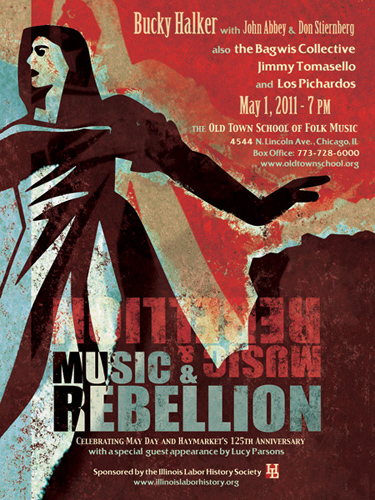Now that we're in the midst of the holiday season, just as sure as you'll hear the ringing of the Salvation Army's red kettle Santas, you'll also be bombarded with Christmas tunes and, correspondingly, the complaints of those who despise them. As for myself, I generally love Christmas music. Just as most of us have a special fondness for the music we listened to in high school and college, holiday music for me conjures up fond memories of childhood holidays. The dilemma seems to be that as media consumers, we are always seeking out something new, but we still crave the familiarity of the music we grew up with. So, as a compromise, we settle for yet another rehash of White Christmas, even though nothing beats ol' Bing's version. Even so, as a kid, there were a few Christmas songs that I found a bit unsettling for one reason or another:
Topping my list would be the following:
1. I Saw Mommy Kissing Santa Claus No mystery why this would be disturbing to young believers: Here you have a child eavesdropping on their own mother carrying out an illicit relationship with the icon of all that is good in this world, unbeknownst to the child's father. Is the implicit twist to the song that Santa is in fact the father in disguise? If so, for whose benefit is he going incognito when the child is supposed to be in bed. And is the mother in on the ruse, if that's what it is, or is she fooling around behind dad's back? Meanwhile, the child speculates on "how funny" it will be when father discovers the affair. Funny?? More like very confusing and potentially a Shakespearian tragedy in the making.
2. Blue Christmas This belongs to a sub genre of depressing holiday songs. Others in the category include Miles Davis' REALLY depressing Blue Xmas and the Pogues REALLY REALLY depressing and hilarious Fairytale of New York. Compared to those, Blue Christmas is a fairly mild lament about being separated from a loved one during the holidays. What made this one especially unsettling to me as a child was the dirge-like, minor key background vocals coursing through the song like a ghostly, mournful wind.
3. Rudolph the Red Nosed Reindeer It should come as no surprise that this shallow morality tale ostensibly dealing with bullying started as a commercial enterprise. Montgomery Ward came up with the character and story as part of a Christmas promotion in 1939. It was adapted into the popular song and recorded by Gene Autry a decade later in 1949. Rudolph, one of Santa's reindeer, is subjected to merciless teasing and ostracism because of his physical abnormality, a glowing red nose. In what's supposed to be the redemptive final act, the other reindeer exhibit a fickle and implausible turnaround once Rudolph proves his worth to their master. Is this what true friendship is all about?
4. Nuttin' for Christmas My parents had a couple of 45 records that we nearly wore the grooves off of during the holidays. One was the first and most iconic version of All I Want for Christmas Is My Two Front Teeth by Spike Jones and his City Slickers recorded in 1947. The other was another novelty record by voiceover actor and comic Stan Freberg called Nuttin' for Christmas in which a bratty voiced kid recites a list of his transgressions as a reason why Santa won't be paying him a visit that year. The most unsettling part of the song comes near the end, when the boy hears what he thinks to be Santa Claus entering his home. Instead the intruder turns out to be a burglar intent on robbing the owners of their silverware and jewelry. Though the kid doesn't seem all that upset and may even be in cahoots, the idea of someone violating the sanctity of house and home was a bit troubling to my younger self.
5. Misunderstood lyrics These are the songs that include archaic phrases or odd line breaks that led to misinterpretation. One of these was Winter Wonderland, namely the line "In the meadow we can build a snowman, and pretend that he is Parson Brown". As a young Catholic boy, I was unfamiliar with the term "parson" so naturally assumed that "parson brown" was some sort of tawny shade which I thought to be a very unusual color for a snowman. Another misunderstanding occurs in the first line of the plodding We Three Kings, "We Three Kings of Orient are." Due to the awkward line break, I believed they were from the land of "Orentar", which I imagined to be a sub-region of the far East.
Have a joyful holiday season and may the peace and good will of the season continue long after the radio stations and malls have resumed their regular programming.




